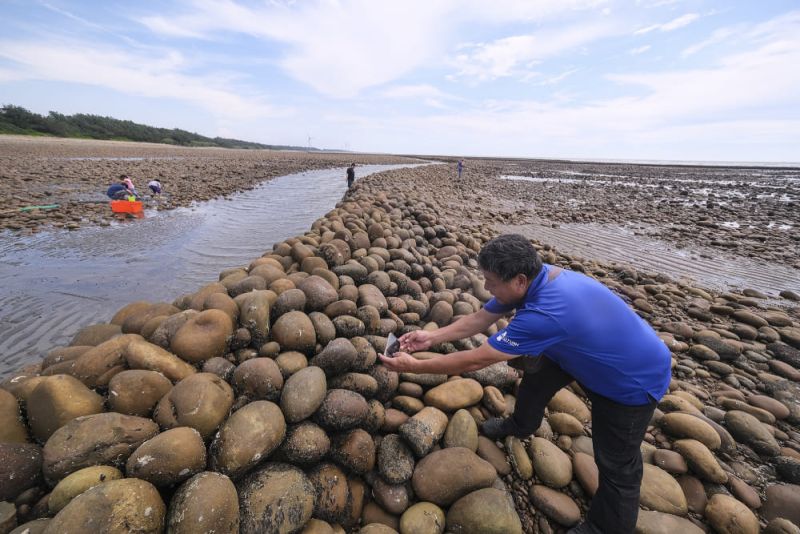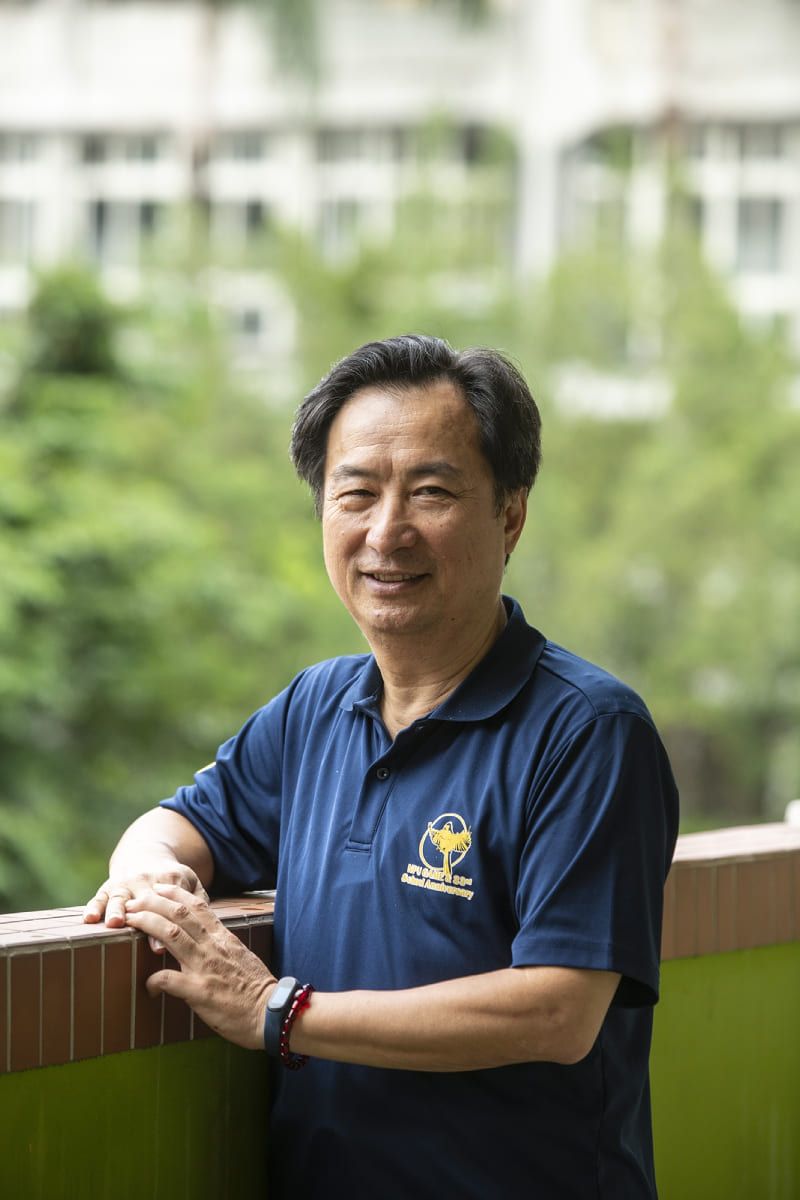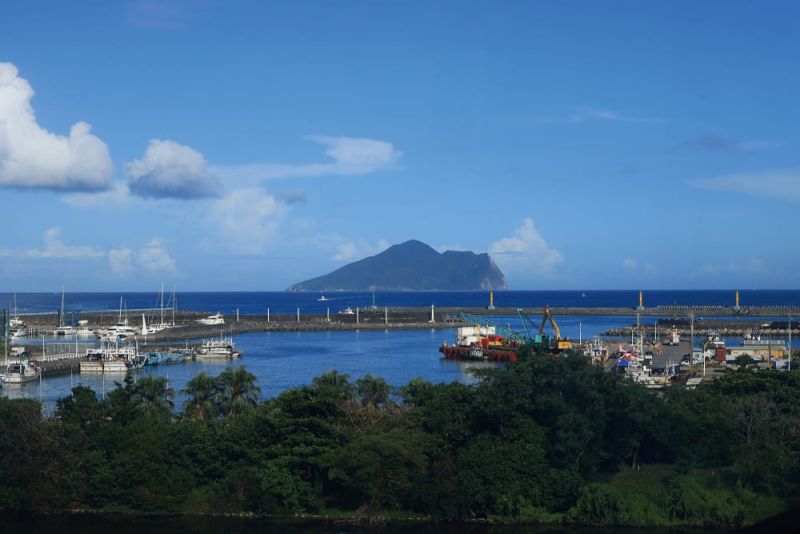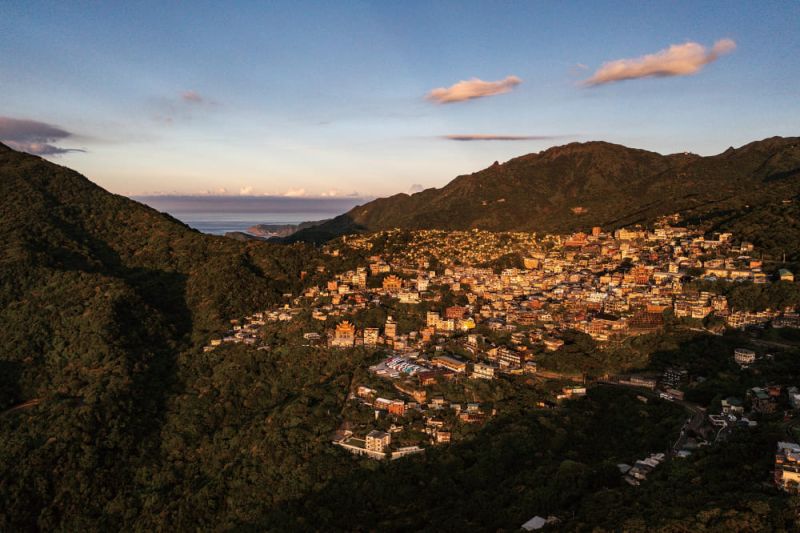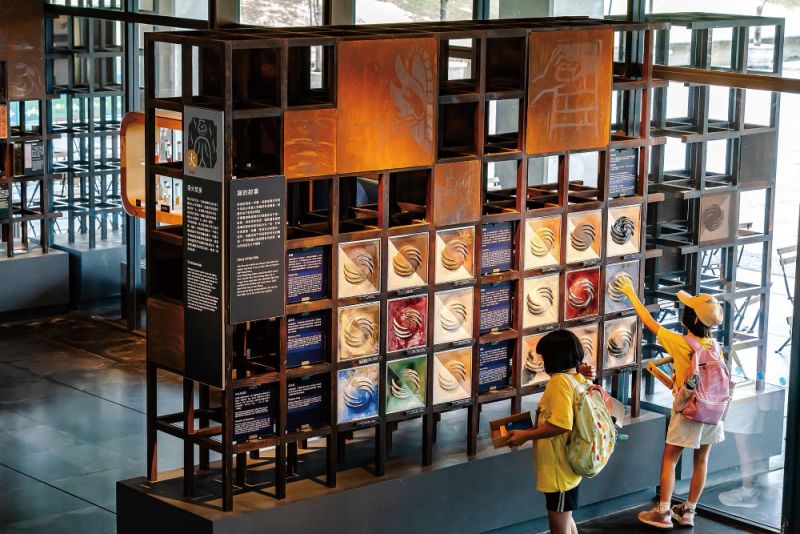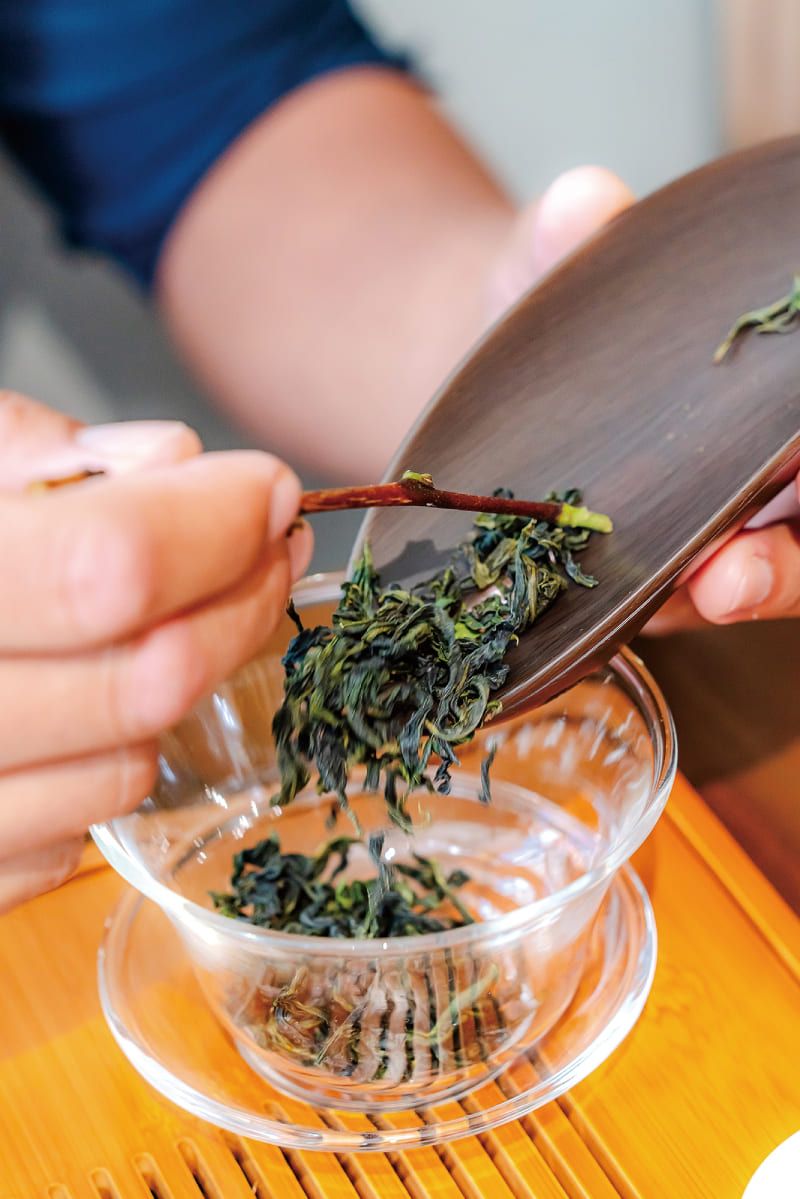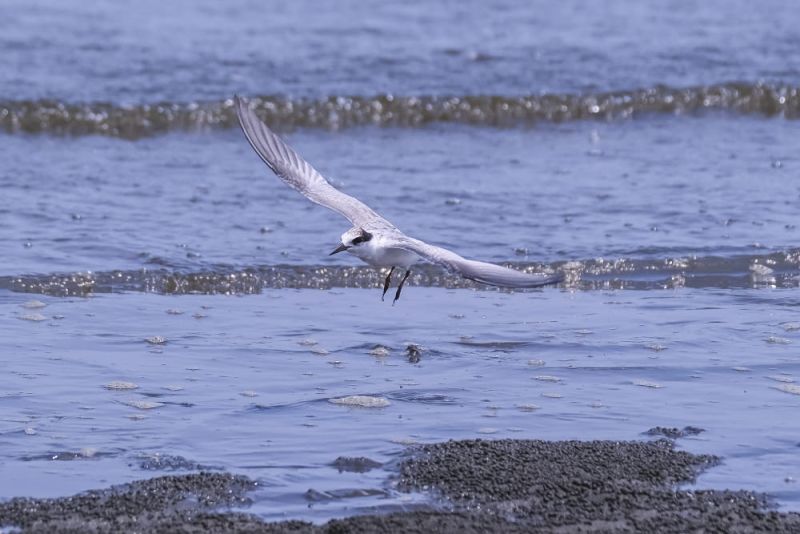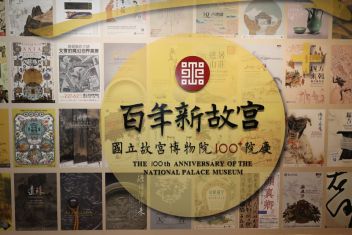The 2025 edition of the Taiwan Lantern Festival was held in Taoyuan in February. At its peak, over 270,000 people poured in to enjoy the shows within just a single day. Having to cope with more than twice the normal volume of passengers, Taoyuan Metro faced one of the most formidable challenges since its establishment in 2017. A contingency plan was swiftly activated, and orderly operations were gradually restored the next day, demonstrating the young corporation’s flexibility and adaptability.











